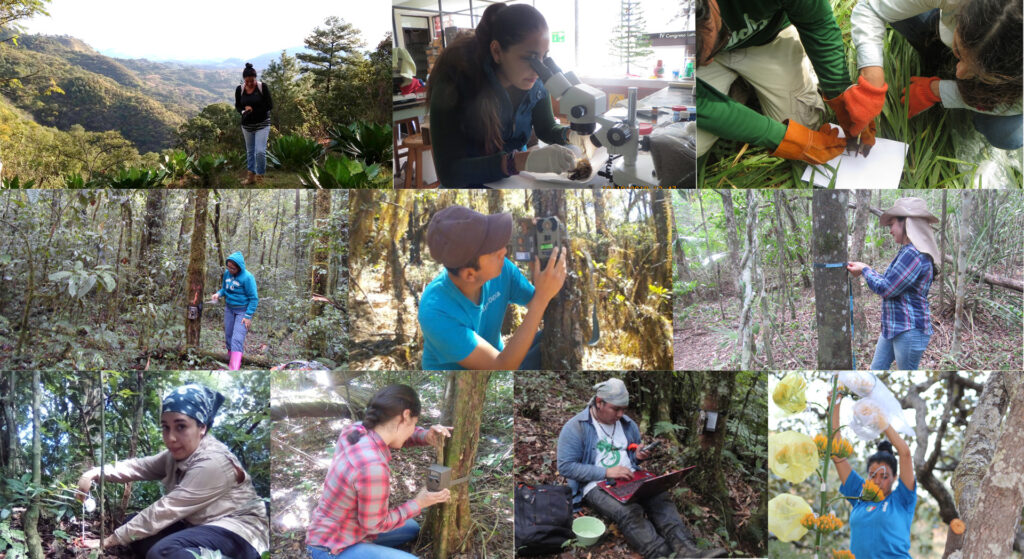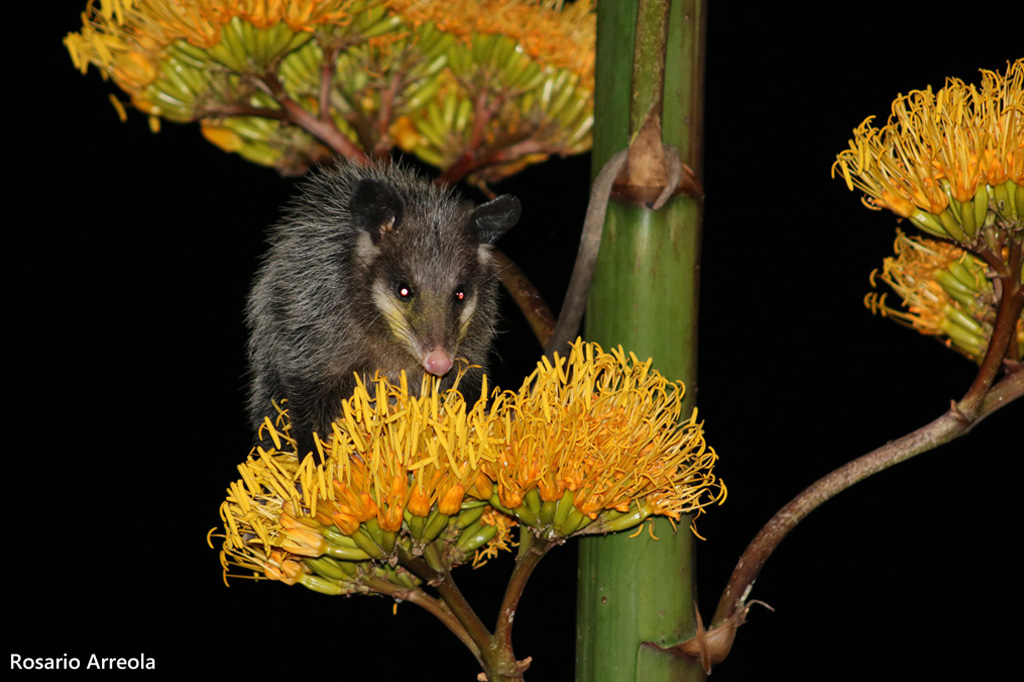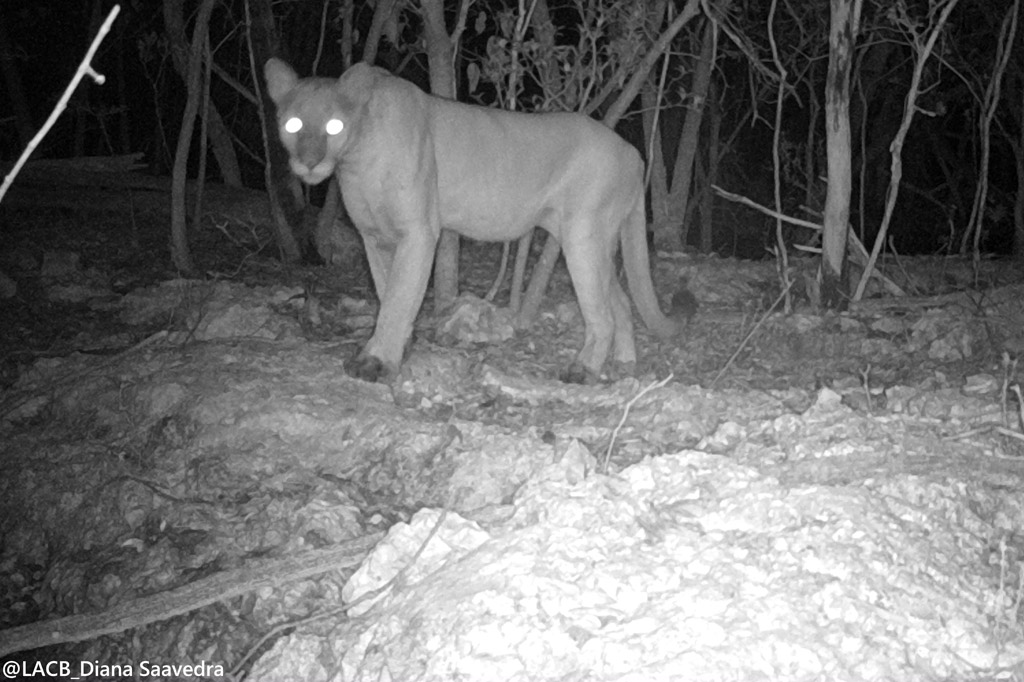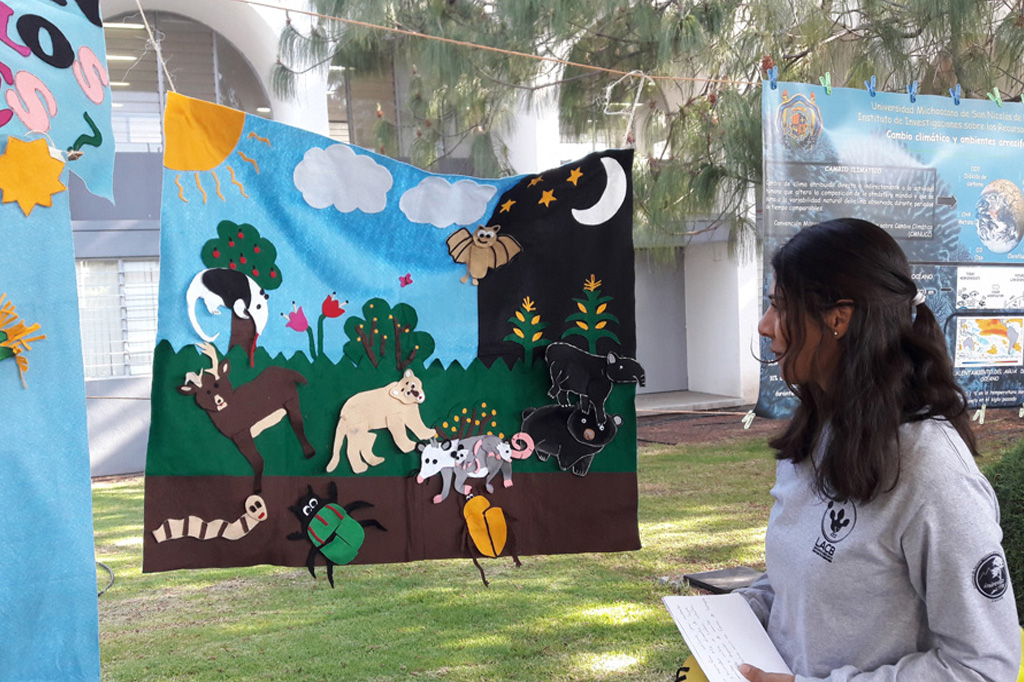
Laboratorio de Análisis para la Conservación de la Biodiversidad
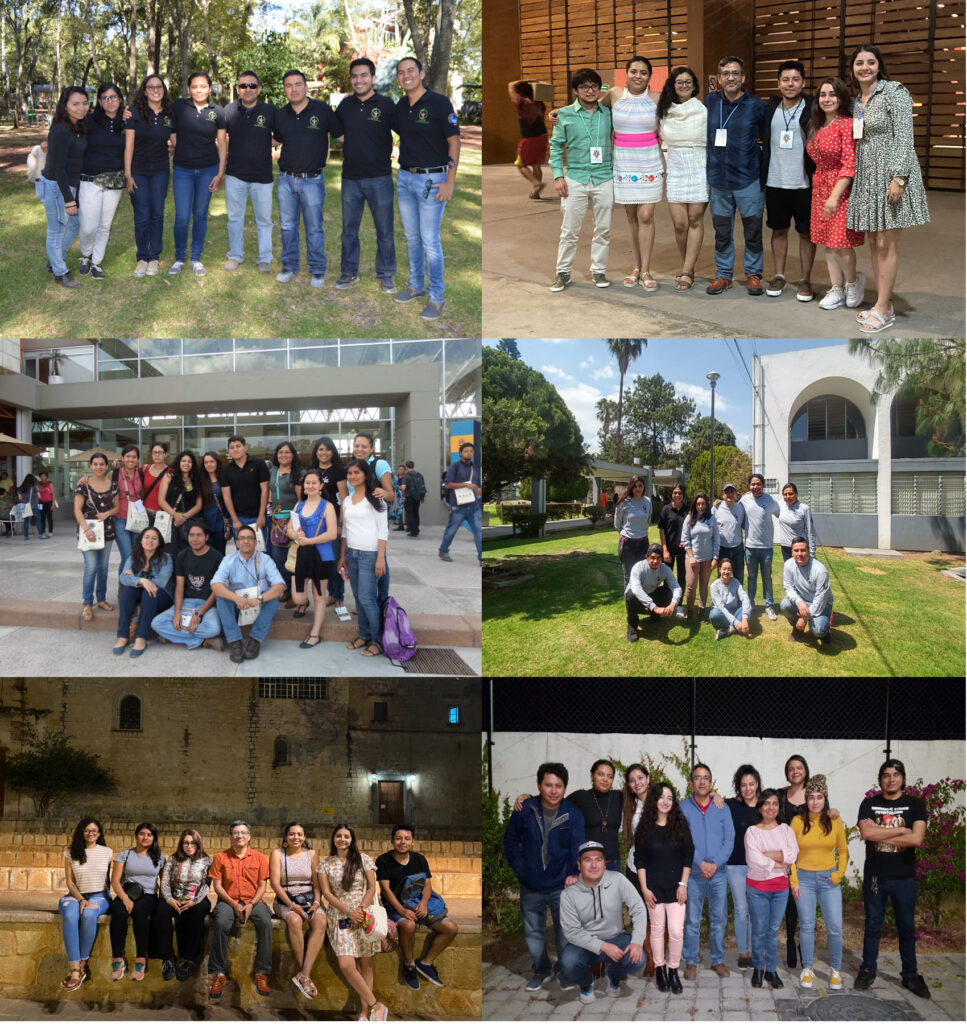
El Laboratorio de Análisis para la Conservación de la Biodiversidad (LACB) tiene como objetivo general contribuir al conocimiento, aprecio y conservación de la biodiversidad. En particular en lo relacionado con la comprensión de las consecuencias que el impacto humano tiene sobre las especies de animales silvestres y los procesos ecológicos en los que esta fauna está involucrada. La principal vía para abordar esta línea de investigación es a través del estudio de las interacciones bióticas. En estos estudios se abarca una variedad muy amplia de organismos tales como plantas, mamíferos y aves). Un sello distintivo del LACB es que busca tener un balance entre el conocimiento de historia natural y el empleo de métodos cuantitativos novedosos para abordar y resolver las preguntas de investigación. Además, en el laboratorio se le da mucha importancia a que a la par de publicar los resultados de investigación se comparta el conocimiento usando un lenguaje más accesible a través de artículos de divulgación, videos, pláticas y talleres.
Consulta aquí ejemplos de la investigación que se realiza en el LACB:
Únete al LACB
El LACB tiene siempre sus puertas abiertas para recibir estudiantes muy motivados e independientes que quieran fortalecer su formación académica a través de la realización de estudios (licenciatura/posgrado) y estancias de investigación en las líneas de trabajo que se manejan en el laboratorio.
